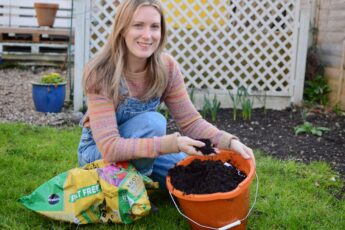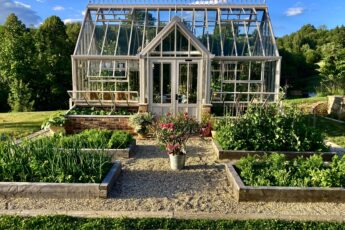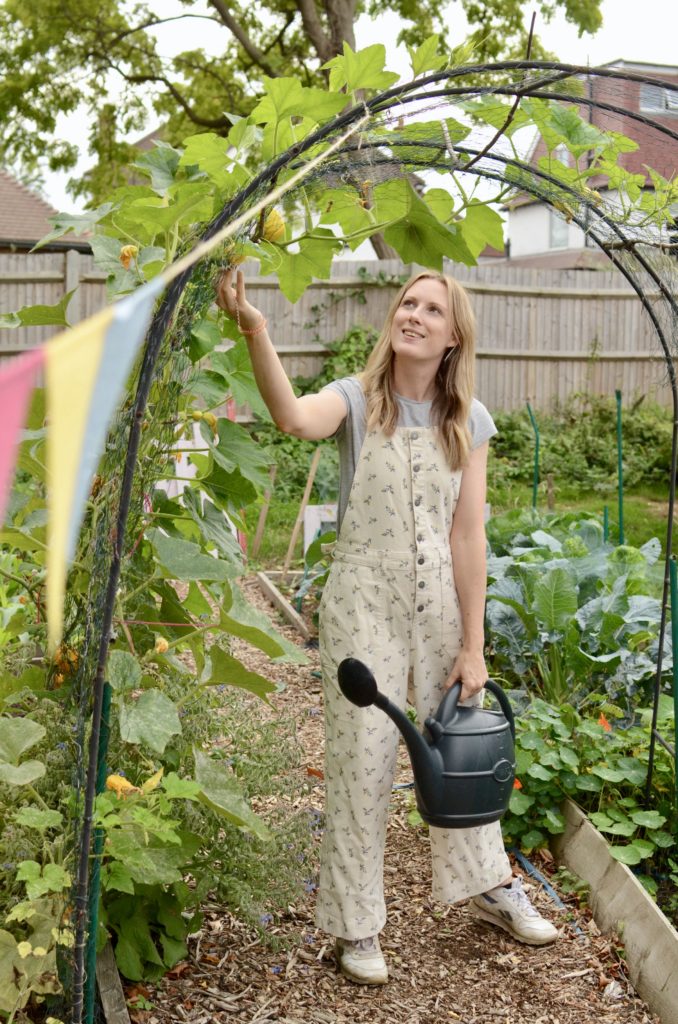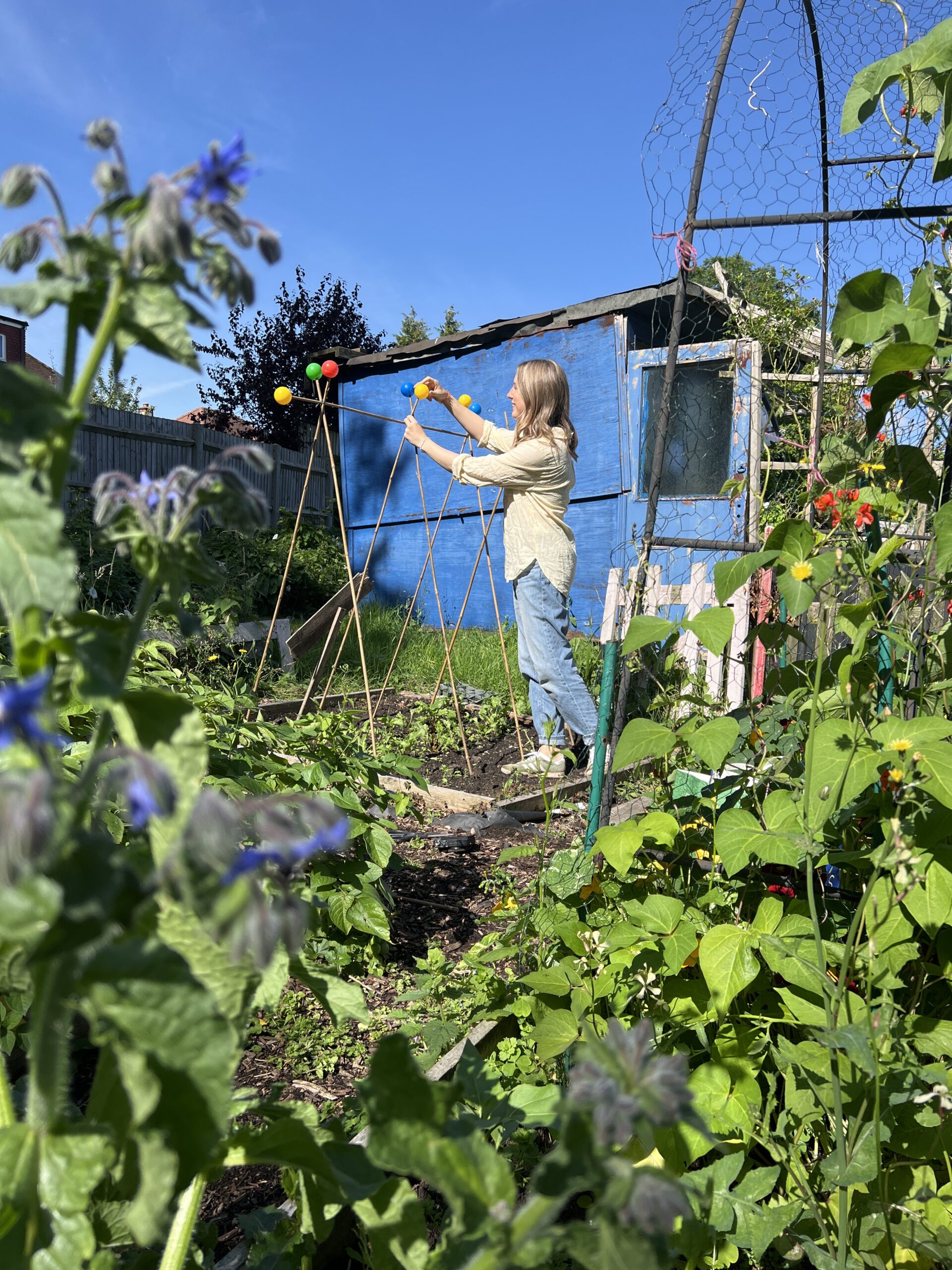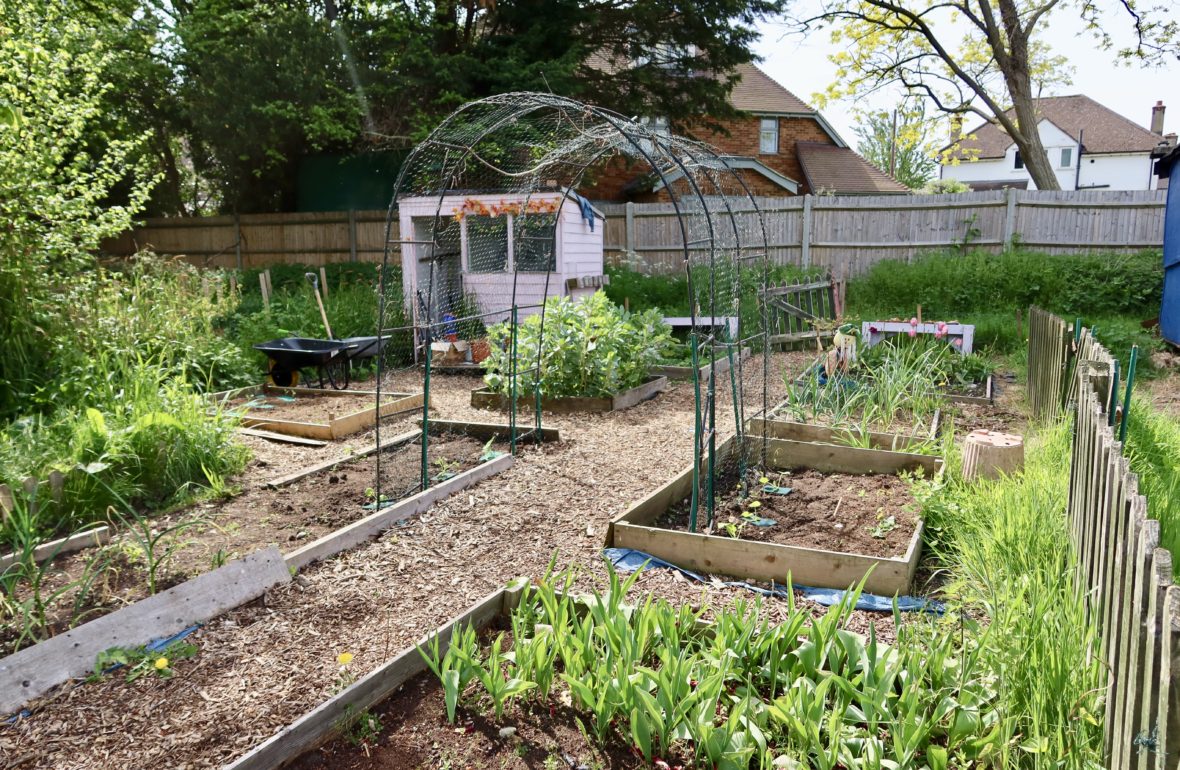
With Spring just around the corner, it’s time to start preparing raised beds for spring growth. If you are growing vegetables then they are very hungry plants and will need lots of fresh nutrients and goodness in order to grow well. So preparing raised beds for spring now will ensure they have everything they need when you plant them out.
If it is your first time creating your raised bed then you have the advantage of being able to fill it completely with fresh goodness. What do I mean by goodness? I mean natural materials that are compostable.

Some of these include:
- Woodchip
- Manure
- Compost
- Shredded paper
- Old crops
- Old food scraps (not meat)
- Straw
If you have a very deep raised bed, start with some big chunky logs and sticks to built up the height. You could throw in some old tuft or even rocks to help with drainage. Then start to stop with all those lovely organic materials. Anything that can go into a compost bin can go into a raised bed as it will all rot down to create some great goring material.
How to Prepare Raised beds for Spring
First, clear your raised bed of any finished crops or weeds by hoeing the ground. Give it a good rake too and remove any larger stones or debris.
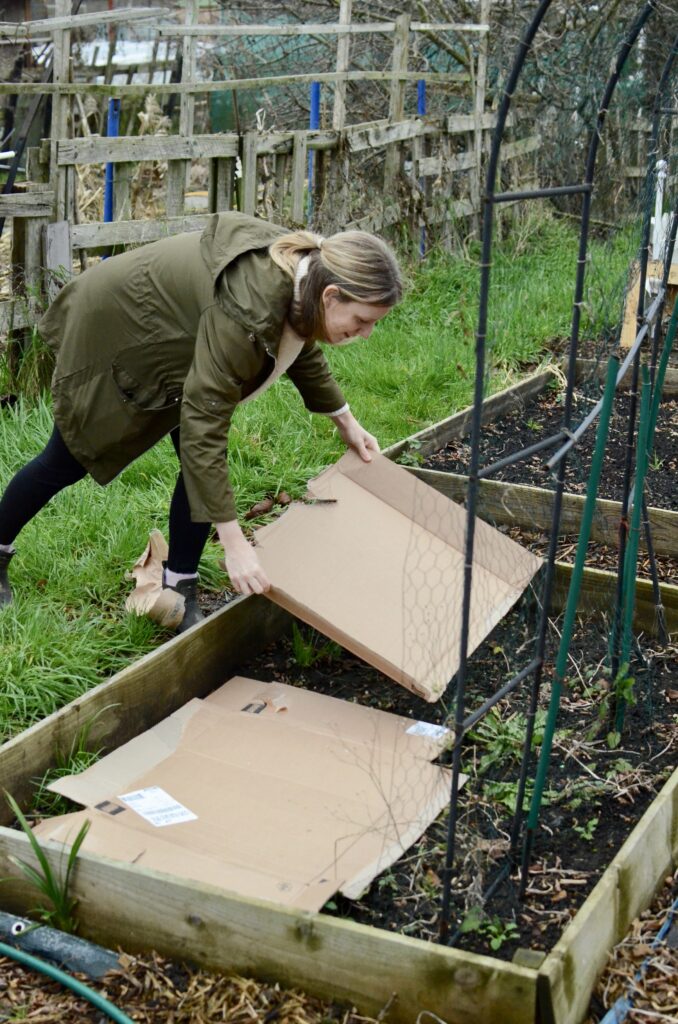
Then it’s time to top up your raised bed with new organic material. I always start with cardboard because it’s great for weed control and this is something I need as much help with as possible on my allotment plot. Compost, manure, straw, shredded paper all work well.

Cardboard will repress the weeds as well as bring up all those lovely worms who will help to replenish the health of your soil.
How soon can I plant into my Raised bed?
Raised beds can usually be planted into straight away, even newly constructed and filled ones.
The only thing to be careful with, is manure which needs to be well rotted before adding (this takes about 6 months). Fresh manure is hot and will burn the roots of young plants, so be careful with this.
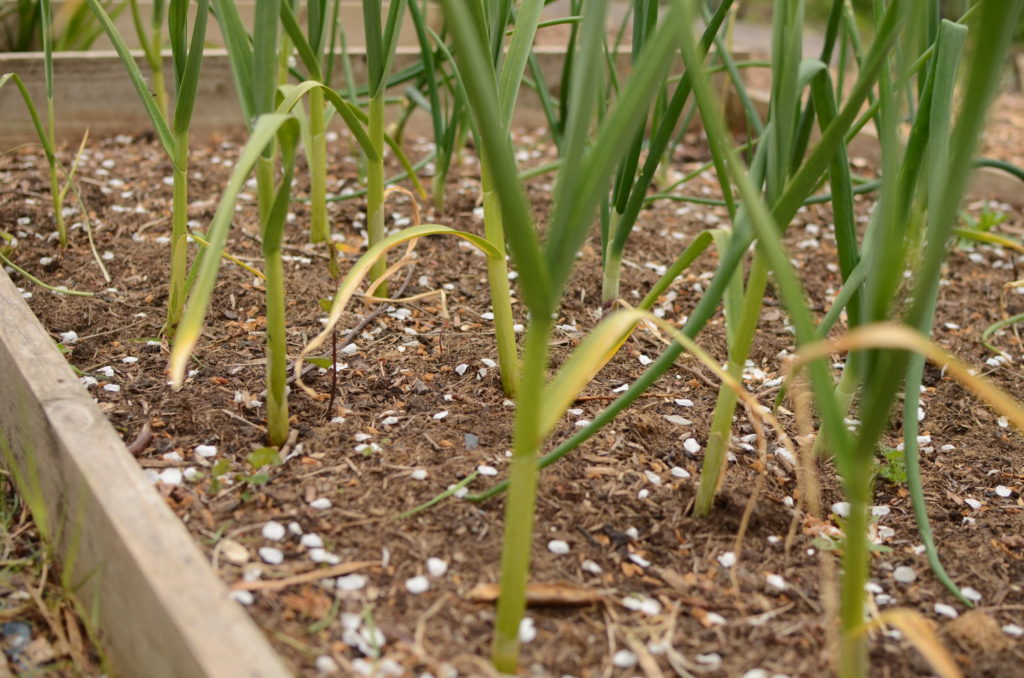
What can I plant in a newly prepared raised bed?
If you top up your bed near enough to the start of spring, you will be able to grow anything you like in it! Seeds or plug plants both grow great in raised beds. However, if you have topped your raised bed up in Winter time, you might find it better to cover the bed with a groundsheet until the spring comes around. This will keep the soil warm and help everything to rot down without becoming waterlogged.
You can even grow some “green manure” into your raised bed. It’s usually better to have something growing over nothing at all as anything that grows is also releasing goodness into the soil. It also gives you a good indicator to whether your bed has enough nutrients in it. This is a good reason not to hate on those pesky weeds too much. A garden devoid of any weeds is a dead garden!



